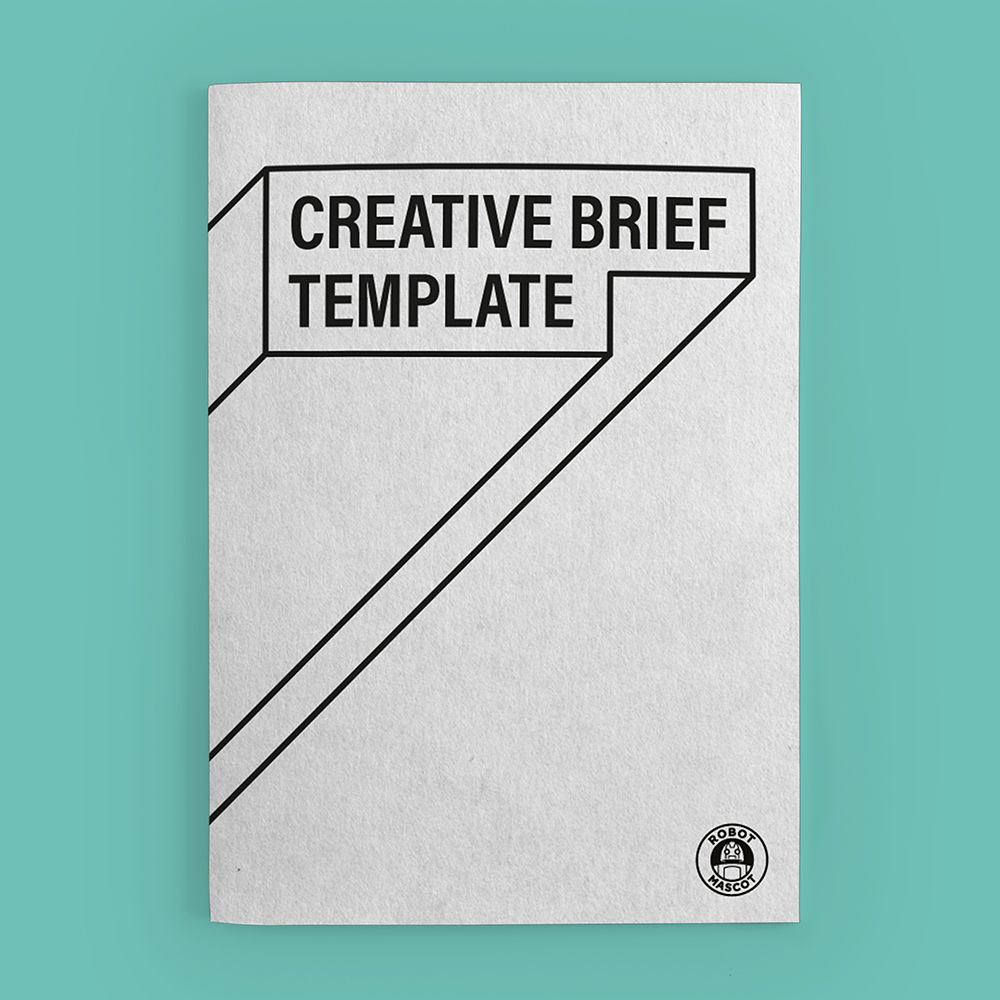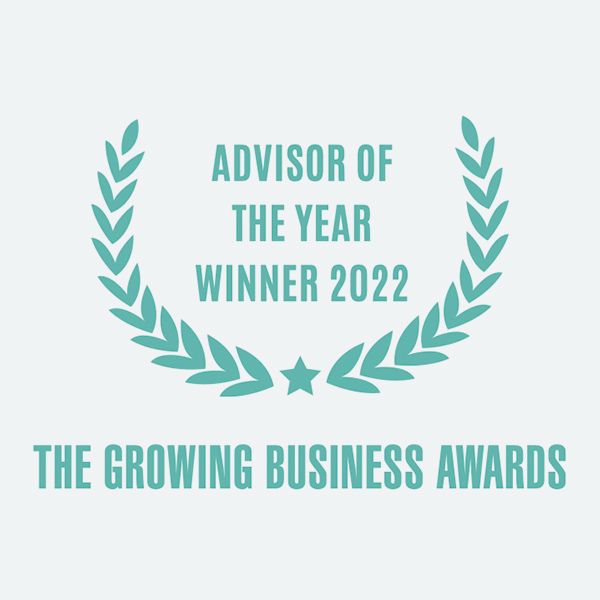
Our free creative brief template will help you brief designers and agencies, so you can be sure you give them the right instructions to complete your creative design project efficiently and effectively. Completing each part of the brief template will provide your chosen designer with objectives and parameters, as well as valuable insights and references that can be used as a creative springboard.
How to develop a creative brief
Every creative brief is different and you won’t always need to include information for every section. Follow the guidance below so you have razor-sharp intuition when it comes to assessing which areas of the creative brief you need to fill in.
Decide on a name
The first step in creating a creative brief is to choose a descriptive and memorable project title. This name should accurately reflect the purpose of the brief and make it easy for you to reference later on. For example, you could name your brief ‘Refresh Your Smile: Campaign to Promote Teeth Whitening Products’.
As well as naming your brief, create and include a job number so that you can store your project briefs in sequence.
Summarise the brand and campaign/project
Create a section that provides a business and project overview in which you should briefly introduce the brand and explain the purpose of the campaign or project. This section should provide context for the rest of the brief and give readers an overview of the brand’s history, mission, and values.
Set the objective of the campaign/project
Clearly state the objective of the campaign or project in this section. Often creative work can be hard to measure, but where you can, you should set some objectives, so you know what success looks like. Objectives should be specific, measurable, achievable, relevant, and time-bound (SMART) to ensure that they are clearly defined and achievable. For example, you could set an objective of ‘increasing brand awareness and driving sales of our teeth whitening products by 20% in the next quarter’.
Always provide brand guidelines
Where you can, always provide the brand guidelines – a document that includes the standards and rules you and your partners should use to maintain brand consistency across channels. This will include everything from logos and colours to language and written communication. Brand consistency is essential, especially for new companies, as you want to communicate a simple, clear and compelling message at every audience touchpoint, rather than confusing or conflicting visuals and language.
Brand guidelines are vital to every creative project, They provide creatives with the guidance and inspiration they need to deliver your brand message and look and feel, consistently every time. Not every business will have brand guidelines which is why the section below is included.
Always provide design examples
The people working on your creative brief will need to know how your brand looks and how it sounds. If you don’t have brand guidelines you might provide points of reference on what the brand looks like from existing content.
Describe the target audience
Define the demographic, geographic, and psychographic characteristics of the people you want to reach with your campaign or project. This information is crucial for tailoring your messaging and approach to the audience’s needs and preferences.
For example, you could describe your target audience as ‘young professionals aged 25-35 who value a bright, confident smile and are looking for a convenient and effective solution to achieve it’.
Consider your Primary and Secondary audience
Let’s say for example your product is a toy aimed at young children. While the child may be the end user, they will not be buying the toy. The parent is the commercial audience, the person you want your marketing to reach. As such, the child is the secondary audience and the parent – the one making the purchase decision – is your primary audience.
Describe the competitive landscape
This section should analyse the market and identify the key players and their strengths and weaknesses. This information will help you differentiate your offering and position your brand effectively. Why not download our Competitor Analysis Template.
Select an attitude and tone of voice for messaging
In this section, you should determine the tone and personality that you want to convey through your messaging. This will help you create a consistent and memorable brand voice that resonates with your target audience.
For example, you could select an attitude and tone of voice that is ‘confident, approachable, and empowering’.
Prepare the campaign message
You should define the central idea or concept that you want to communicate to the target audience. This message should be concise, memorable, and resonate with the target audience’s needs and wants.
For example, you could prepare a campaign message of ‘achieving a brighter, confident smile in just a few minutes a day with our advanced teeth whitening products’.
Define USP and the key consumer benefit
It is useful to include the USP (Unique Selling Proposition) and key consumer benefit of your product when developing a creative brief for a designer or copywriter.
The USP helps to define what makes your product or service unique and different from competitors and can be used to create marketing messages and designs that highlight or focus on these unique qualities.
Including the key consumer benefit helps the designer or copywriter understand what problem or need your product solves for customers. This will help them to create marketing materials that speak directly to the customer’s pain points and demonstrate how your product can provide a solution.
For example, you could define the key consumer benefit as ‘effortlessly achieving a brighter smile, boosting confidence, and enhancing appearance’.
Define the output and deliverables
Specify the specific materials, media, or experiences that you plan to create as part of the campaign or project.
For example, you could define the output and deliverables as ‘a 30-second TV ad, a series of social media posts, an influencer partnership, and in-store promotions’.
Define the call-to-action (CTA)
Determine the specific action that you want the target audience to take after viewing or experiencing your marketing materials. This could be something like ‘visit our website to learn more and purchase our teeth whitening products’.
Include the product strapline
Include the product’s strapline when developing your creative brief. A concise and memorable statement will encapsulate the essence of the product or brand and its inclusion will help to communicate the product’s key benefits, unique selling proposition, or brand personality in a way that is easy for customers to understand and remember.
It will provide the third party with a clear understanding of the tone, voice and message that should be reflected in the marketing materials. It can also serve as a guide or inspiration for the creative person/team. It can spark ideas, suggest themes, or provide a starting point for copywriting and design.
Define the budget
This section should establish the total amount of money available for the campaign or project, including both production and media costs. It should also outline any constraints or limitations that will impact the budget, such as the need to allocate funds to other marketing initiatives or to stay within a certain cost-per-acquisition (CPA) target.
Draft the distribution plan
In this section, you should outline the specific channels and tactics that you will use to reach your target audience. This should include both traditional and digital media, such as TV, radio, print, email, social media, and influencer marketing. You should also consider factors such as reach, frequency, and timing when selecting the channels and tactics that will be used.
Share the creative brief with stakeholders
Finally, once the creative brief is complete, it should be shared with all relevant stakeholders, including creative and marketing teams, executives, and clients. This will ensure that everyone has a clear understanding of the campaign or project’s goals, target audience, messaging, and expected outcomes. It will also provide an opportunity for stakeholders to provide feedback and make suggestions for improvement.

Download our free creative brief template
A well-crafted creative brief is an essential tool for ensuring that marketing campaigns and projects are aligned with business goals, resonate with target audiences, and deliver measurable results. By following the steps outlined in this guide, you can create a comprehensive and effective creative brief that will help you achieve your creative, brand or marketing objectives.
By downloading this document you will be opting into our mailing list. View our privacy policy






Copyright ©Robot Mascot Ltd. All rights reserved.


